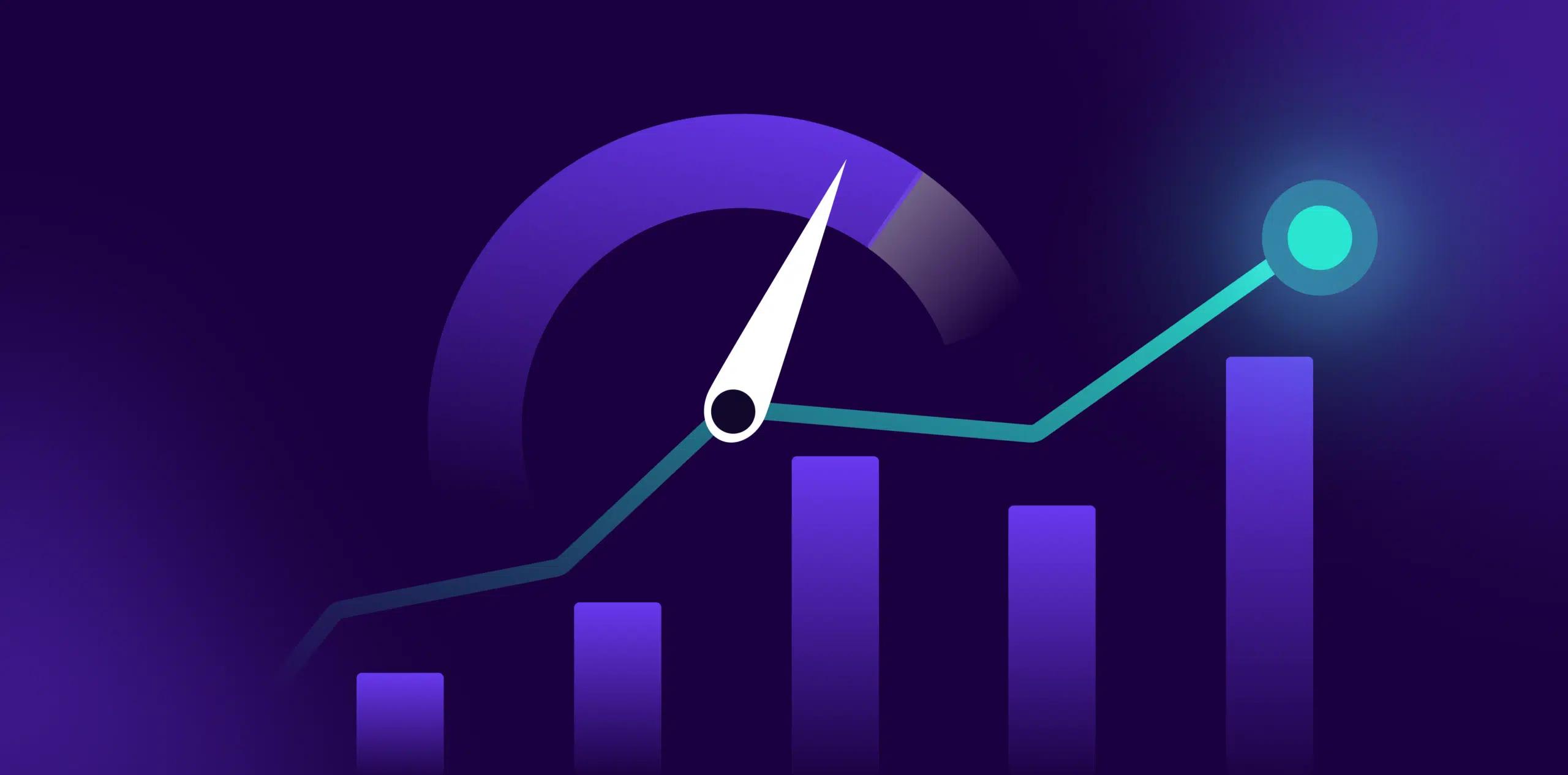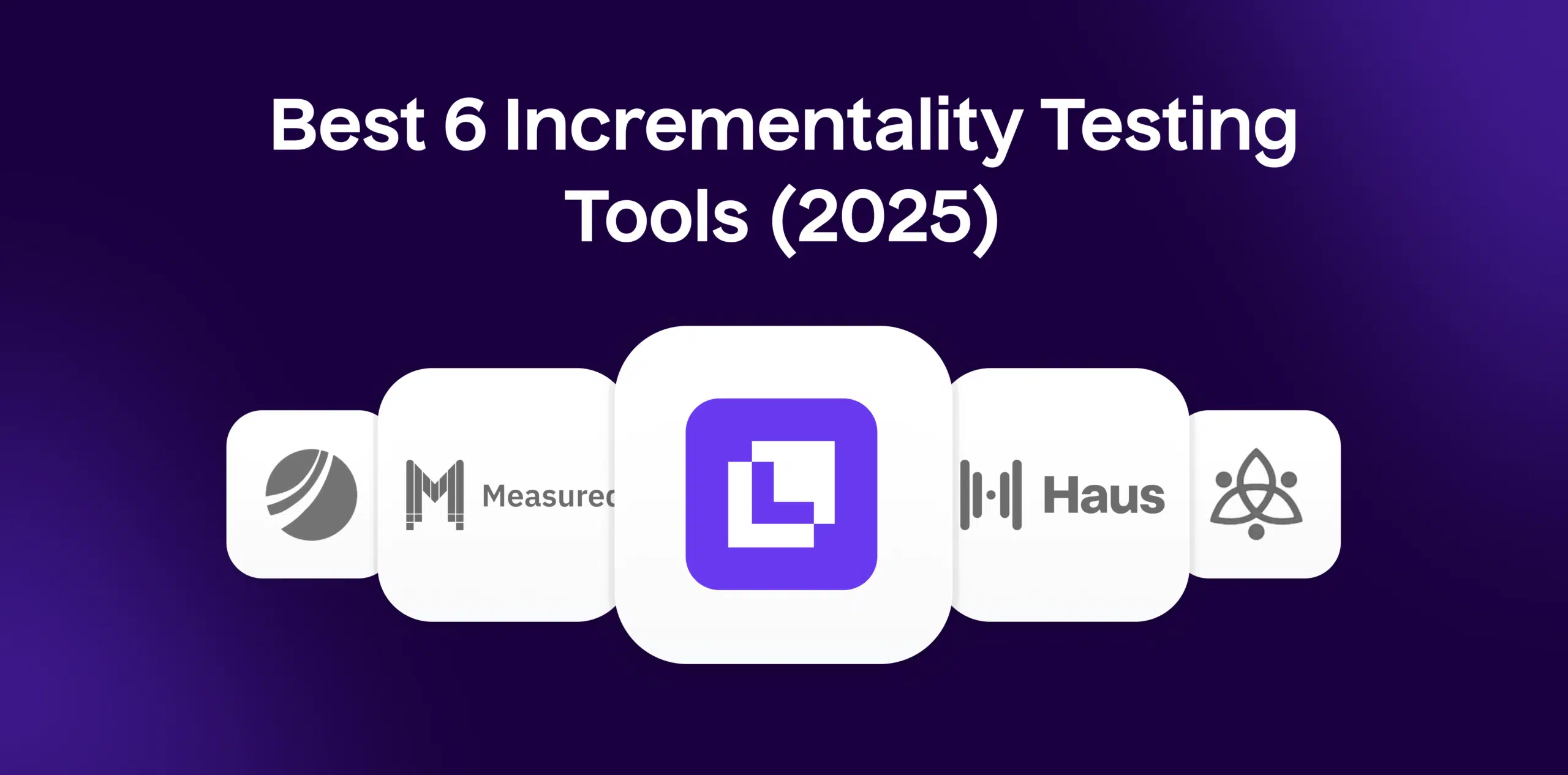What is Seasonality Adjustment?
Delving further into the concept, Seasonality Adjustment can be understood as an approach that aids analysts and companies in dealing with cyclical patterns emerging from variations in businesses/financials due to changing seasons. The adjustments are achieved by prorating or leveling out the data, thus removing the ebb and flow brought about by seasonal variations.
Seasonality Adjustment can be formulated on multiple time frames, including monthly, quarterly, or yearly patterns. It keeps a track of repeating variations and allows marketers to examine patterns beyond seasonal influences. Essentially, this adjustment method aims to remove any sketchy, periodic fluctuations and provide consistent data trends for accurate analysis.
Formula
Example
For example, consider a clothing company that records higher sales during winter and lesser sales during summer. Analyzing the raw data directly would make the company’s sales performance appear inconsistent. However, with Seasonality Adjustment, the company can flatten out the cyclical impacts (like winter boosting coat sales and summer suppressing it) and portray a fairly accurate yearly sales landscape.
Why is Seasonality Adjustment important?
- Authentic Indicator: The core importance of seasonality adjustment lies in its promise of a more realistic and authentic perspective of an organisation’s performance, thus allowing a true assessment of underlying trends.
- Accurate Forecasting: By removing cyclical fluctuations, it enables accurate forecasting of future business trends.
- Informed Decision Making: A comprehensive overview of seasonality trends aids in strategic planning and decision-making processes.
Which factors impact Seasonality Adjustment?
- Accuracy in Data Collection: Ensuring comprehensive and precise data collection is integral to improving seasonality adjustments.
- Use of Advanced Analytics Tools: Deploying sophisticated tools and approaches to factoring in seasonal variables can heighten the adjustment preciseness.
- Regular Tracking: Seasonal trends should not be set and forgotten. Regularly following the trends and updating adjustments accordingly is crucial.
How can Seasonality Adjustment be improved?
- External Environment: Economic, social, or political factors could impact seasonal patterns.
- Market Competition: The strategies adopted by competitors could affect the seasonality in your business.
- Changing Consumer Behavior.
What is Seasonality Adjustment’s relationship with other metrics?
Seasonality Adjustment often correlates with key ecommerce metrics like traffics, sales, and conversion rates. For example, increased holiday traffic would naturally boost sales, imparting a seasonal aspect. Seasonality Adjustment helps root out such fluctuating trends for more accurate metric interpretation.
Free essential resources for success
Discover more from Lifesight
























































